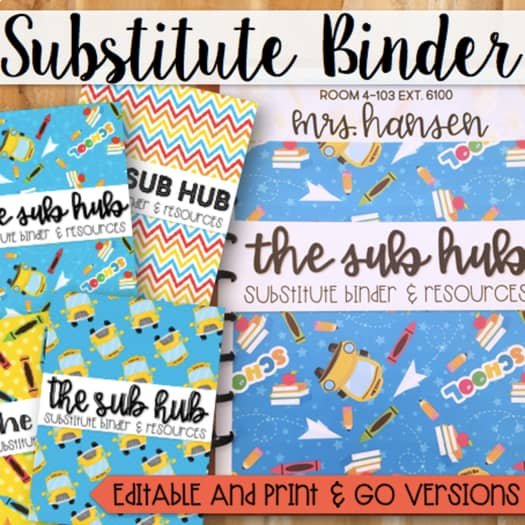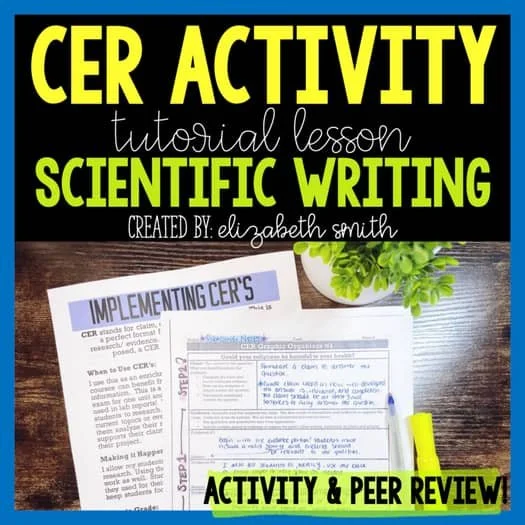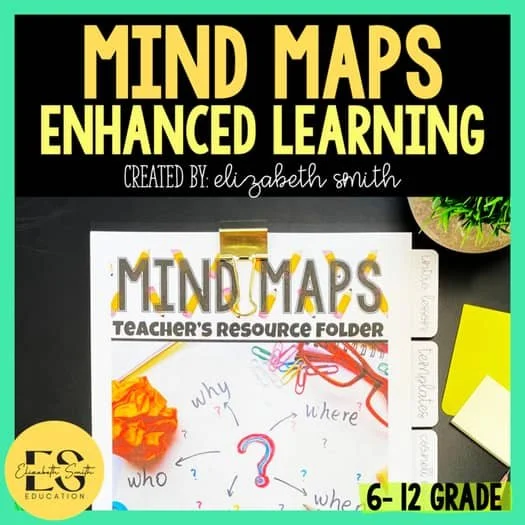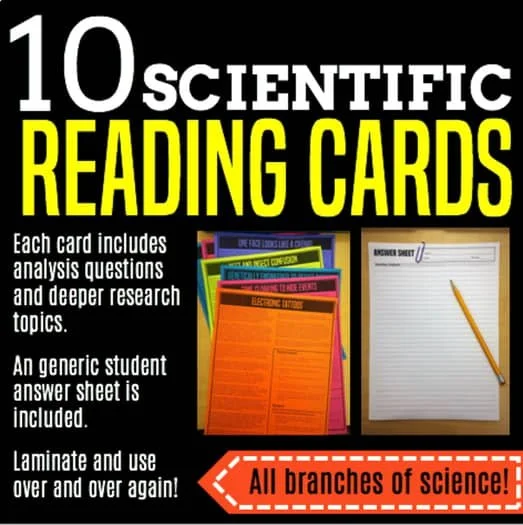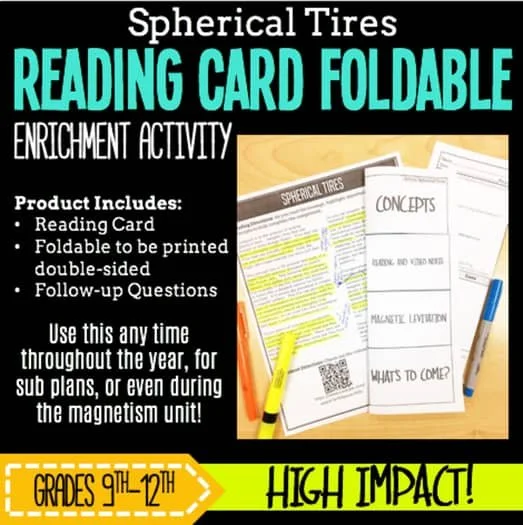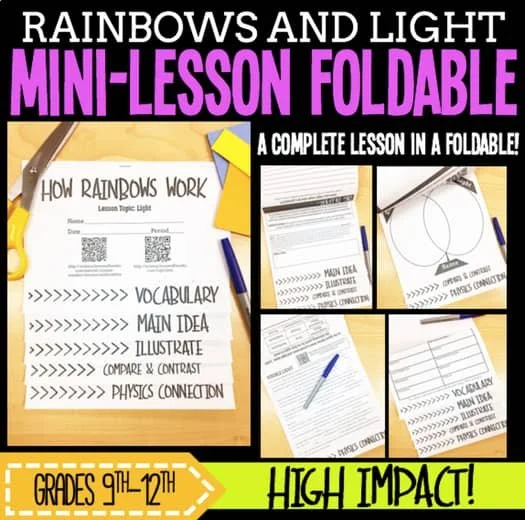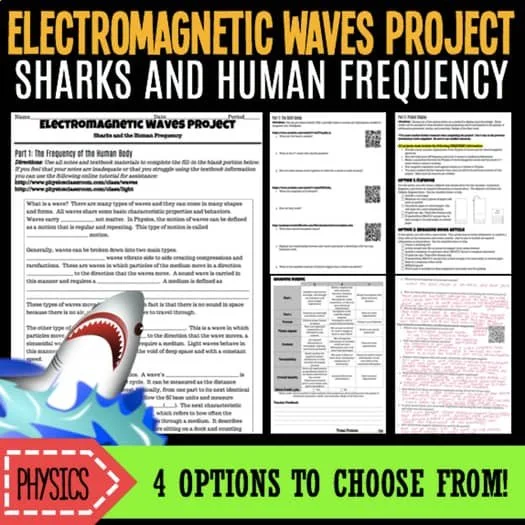Planned and Unplanned: Crafting Effective Sub Plans for the High School Science Class
No matter how we plan or what we schedule, you better believe life will happen. Rest assured that on the day you plan to lead this amazing lab activity in your class, your kid will wake up with a fever, the dog will start doing some weird limp, or you’ll be called in for jury duty. But as teachers, we have to be prepared with well designed substitute plans ready to deploy in the middle of ANY lesson topic to ensure that student learning doesn’t miss a beat.
We teachers lead a glamorous life, but let’s be real…this is no easy feat!
Do I have some pointers and tips to help you out and save you time??? You bet your heavily caffeinated morning sips I do!
In this post, I map out some strategies and tips for high school teachers to create effective sub plans that maintain continuity in learning, engage students, and ensure a smooth transition in our absence. Phew!
The Importance of Thoughtful Sub Plans
Continuity in Learning:
A well-crafted sub plan ensures that students continue to progress in their learning journey even when the regular teacher is absent. Consistency is key to maintaining a positive and focused classroom environment. This does not mean that the sub plan has to 100% follow the lesson content, however, pick a standard or learning goal from the curriculum and design a sub plan around it.
Engagement and Structure:
Sub plans that include engaging activities and a clear structure help substitute teachers manage the class effectively. Structured plans also contribute to a positive learning atmosphere, preventing disruptions . Take the guesswork out of the lesson for your sub and give them the confidence to lead your class and command authority in a way that shows your students they are in good hands.
Peace of Mind for Teachers:
Having comprehensive sub plans ready provides peace of mind for the teacher, knowing that the classroom environment remains conducive to learning in their absence.
Components of Effective Sub Plans
Detailed Lesson Outlines:
Provide a detailed outline of the day's lesson, including learning objectives, key concepts, and any essential background information for the substitute teacher.
Clear Instructions for Activities:
Clearly outline any activities, experiments, or assignments planned for the day. Include step-by-step instructions to ensure a smooth implementation, even without the regular teacher present.
Materials and Resources:
List all necessary materials and resources, from textbooks to specific lab equipment. Ensure that everything needed for the lesson is easily accessible to the substitute teacher.
Emergency Procedures:
Include a section on emergency procedures, such as evacuation routes and contact information. It's essential to prioritize the safety of students even in the absence of the regular teacher.
Class Roster and Seating Chart:
Provide a class roster with student names and any important information, as well as a seating chart to help the substitute teacher quickly familiarize themselves with the class.
Contact Information:
Share your contact information and that of a trusted colleague in case the substitute teacher needs to reach someone for assistance or clarification.
My go-to solution for sub plans:
Classroom Folder — provide a designated folder already full of the school bell schedule, a map of the campus, your personal class schedule including planning and lunch breaks, emergency response plans and documents, class rosters, seating charts, and multiple sub plan lesson options; I have 5 already to go in my folder.
Online Course Module — create a course module in your online class platform with all of the above documents, as well as individual lesson options. You can publish or open those assignments from any computer and have more control over the assignments provided.
Engaging Activities for Sub Plans
Interactive Simulations:
Integrate online interactive simulations related to the current science topic. Websites like PhET Interactive Simulations offer engaging virtual lab activities.
Reading and Reflection:
Assign relevant science articles or readings for students to review independently. Follow up with reflection questions to encourage thoughtful consideration of the material. My personal favorite is the Science Journal For Kids and Teens.
Discussion Prompts, CER’s, and Mind Maps:
Provide discussion prompts or debate topics related to the current science unit. This encourages students to collaborate and share their perspectives in a structured manner. Check out the resources below!
Creating effective sub plans for high school science teachers helps to ensure the learning journey continues seamlessly even when you are not present.
Getting these plans prepped ahead of time helps to bring some peace of mind for when the unplanned happens…or just makes life easy when you need a “mental health day”.
Drop a comment below and let me know if this helps you and share some sub plan ideas that work well for you.



